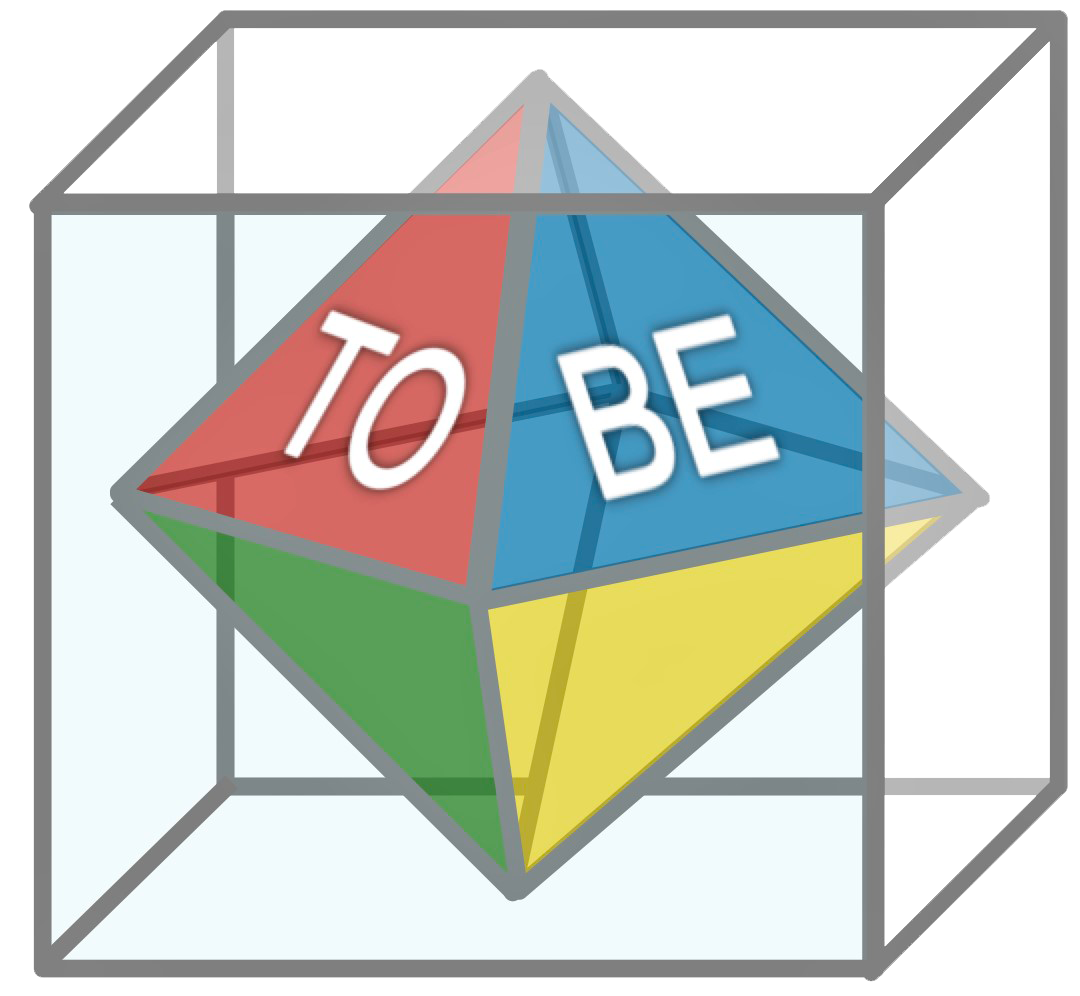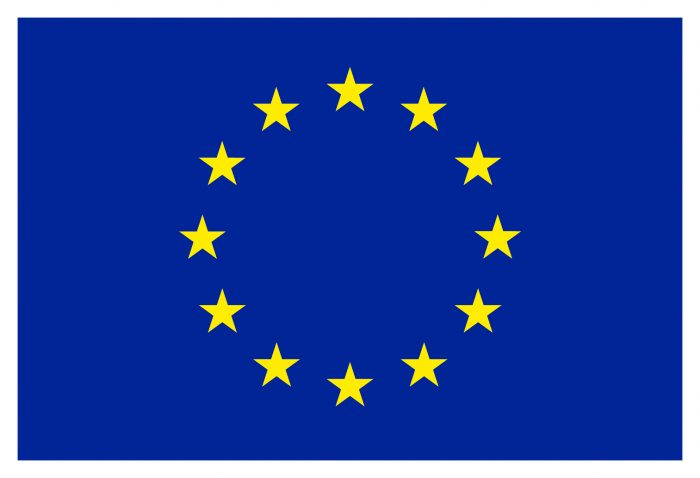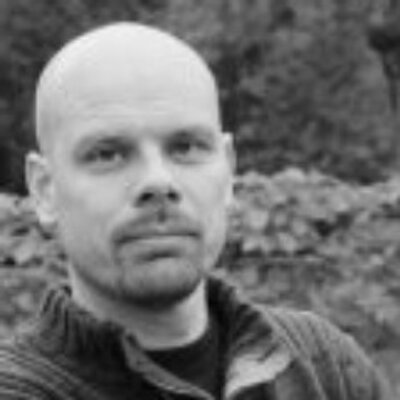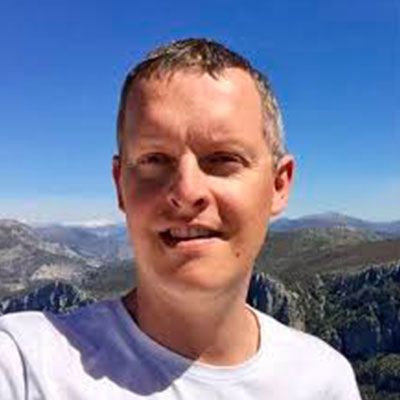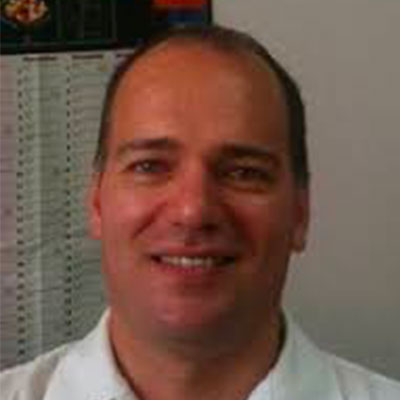Workgroup Leader: Jeroen Van Den Brink
WG1 (FU) is in charge of pursuing the SCIENCE Objective “To foster and coordinate a research aimed at advancing our present understanding about the way the multiple lattice and electronic degrees of freedom and of their mutual interactions determine the physical properties of TMOs” . WG1 will act in synergy with the Management WG in the organization of scientific meetings, and roundtables, that will be dedicated to the presentation of the groups and of their results, to the planning of activities and the presentation of joint applications in the field of fundamental understanding of TMO properties. The specific scientific activities fostered within this WG are described in two task.

